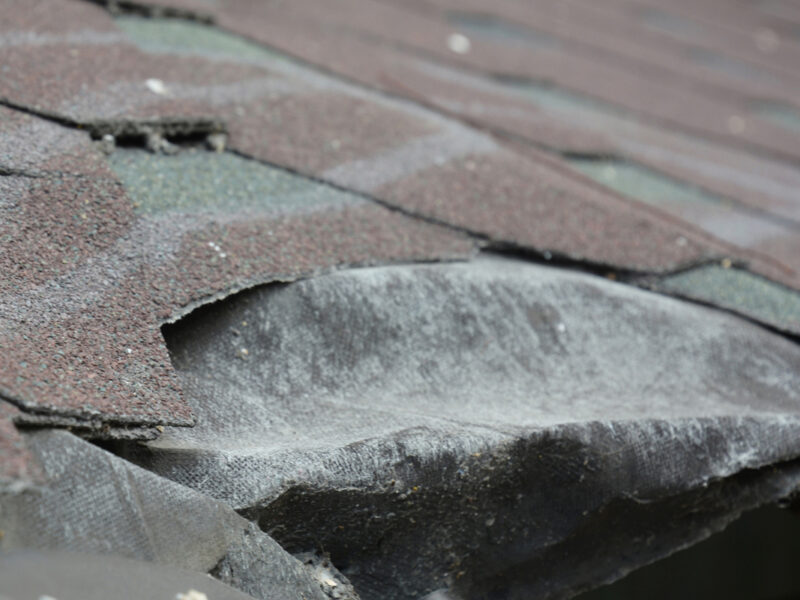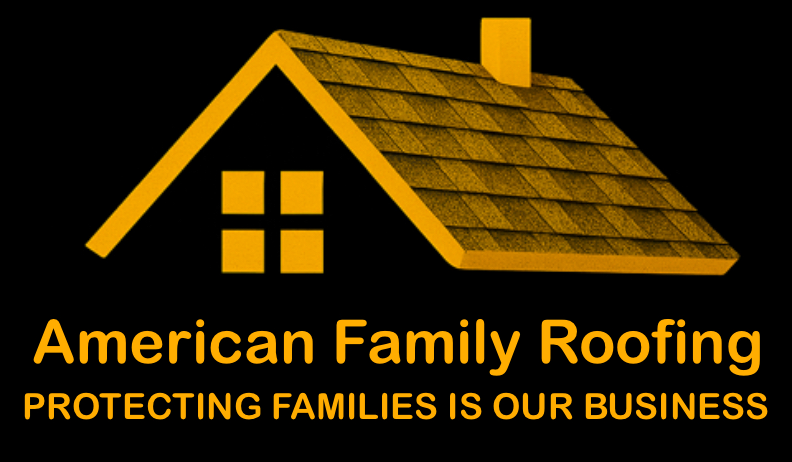
In Florida’s climate, even a well-built roof takes a beating. But while age is a factor, most roof failures don’t happen just because time ran out, they happen because of avoidable mistakes. Poor installation, low-quality materials, and a lack of maintenance can shave years off your roof’s life, leading to unexpected repairs or early replacements.
Here’s a breakdown of the most common reasons Florida roofs fail early, and how to make sure yours doesn’t.
1. Poor Installation
A roof is only as strong as the team that installs it. Even premium materials will fail if improperly nailed, flashed, or sealed. Unfortunately, rushed or unskilled installation is one of the top causes of premature failure in Florida.
What Goes Wrong:
- Incorrect nailing patterns (especially in shingles)
- Poorly installed flashing around chimneys, vents, or valleys
- Misaligned or overlapping materials on tile or metal roofs
- Lack of sealing around penetrations
Real Example:
A Clearwater homeowner had a 6-year-old roof start leaking during a summer storm. Inspection revealed improperly nailed shingles and unsealed vent pipes. What should have lasted 20+ years required partial replacement because the original crew cut corners to save time.
How to Prevent It:
- Hire a licensed, insured, and well-reviewed Florida roofing contractor
- Ask about experience with your specific roof type
- Request photos or drone footage during installation
- Don’t settle for the lowest bid if quality is compromised
2. Low-Quality or Incompatible Materials
Florida’s heat, humidity, salt air, and storm activity demand tough, weather-resistant materials. Unfortunately, some contractors still use entry-level shingles or components that aren’t built to last in this environment.
Common Issues:
- Shingles not rated for high winds
- Metal components that corrode near coastal areas
- Underlayment that doesn’t hold up under prolonged moisture
- Improper adhesives or sealants that crack in the heat
Real Example:
In a home near Tampa Bay, a roof using low-grade asphalt shingles began curling and losing granules within five years. The homeowner had to replace the entire roof after the insurance company denied a claim, citing material failure not related to storm damage.
How to Prevent It:
- Choose materials rated for Florida wind zones and UV exposure
- Use Class 4 impact-rated shingles or standing seam metal roofing
- For coastal homes, opt for marine-grade fasteners and flashing
- Make sure your contractor discusses long-term performance, not just price
3. Lack of Routine Maintenance
Even a well-built roof needs regular maintenance. Debris buildup, loose flashing, or unnoticed leaks can lead to rot, mold, and major structural issues over time.
What Happens Without Maintenance:
- Clogged valleys and gutters cause water overflow
- Small leaks grow into costly repairs
- Flashing pulls away over time, especially after windstorms
- Ventilation issues trap moisture in the attic, degrading roof components
Real Example:
In Pasco County, a homeowner hadn’t checked their roof in three years. A small flashing gap above a skylight allowed water to drip into the attic during every storm. By the time it was discovered, the plywood deck had rotted and required a full section rebuild—an avoidable $3,800 fix.
How to Prevent It:
- Schedule a roof inspection at least once a year
- Have your roof checked after any major storm
- Clean gutters and remove debris regularly
- Repair small issues promptly before they escalate
4. Poor Ventilation and Insulation
Florida homes face high heat and humidity, and if your attic isn’t properly ventilated, that trapped moisture can lead to premature deterioration of your roof from the inside out.
Problems That Arise:
- Heat buildup causes shingles to blister and warp
- Moisture condensation leads to mold and wood rot
- Trapped air increases energy costs and stresses HVAC systems
Real Example:
A home in Fort Myers had blistering on a 10-year-old shingle roof. Upon inspection, the attic had insufficient ventilation, causing excessive heat buildup. The shingle manufacturer denied warranty coverage due to improper attic airflow.
How to Prevent It:
- Ensure your roof includes ridge vents, soffit vents, or attic fans
- Check that insulation isn’t blocking airflow
- Ask your roofer to assess ventilation during inspections or replacements
5. Ignoring Minor Damage or Delaying Repairs
It’s easy to overlook a single missing shingle or a small stain on the ceiling, but in Florida, those small issues can become major problems fast. Storm season often turns a minor vulnerability into a major failure.
Real Example:
A Jacksonville homeowner ignored a minor leak spotted in April. By July, a tropical storm dumped water through a cracked ridge vent, damaging insulation, drywall, and flooring. The final bill topped $7,000. A $250 repair could have stopped it early.
How to Prevent It:
- Act on any signs of damage immediately
- Don’t assume “it’s fine” just because the leak is small
- Keep an emergency roofer’s contact information on hand—especially during hurricane season
Florida’s environment is tough on roofs—but most early failures aren’t caused by age or weather alone. They’re caused by preventable issues: poor workmanship, subpar materials, skipped maintenance, and inattention to warning signs.
At American Family Roofing LLC, we specialize in building and maintaining roofs that are made to last in Florida conditions. With decades of combined experience, including storm response and insurance expertise, we help you avoid costly surprises and keep your roof performing at its best.
Worried your roof might be at risk?
Schedule a professional inspection and get honest answers from Florida’s trusted roofing experts.
